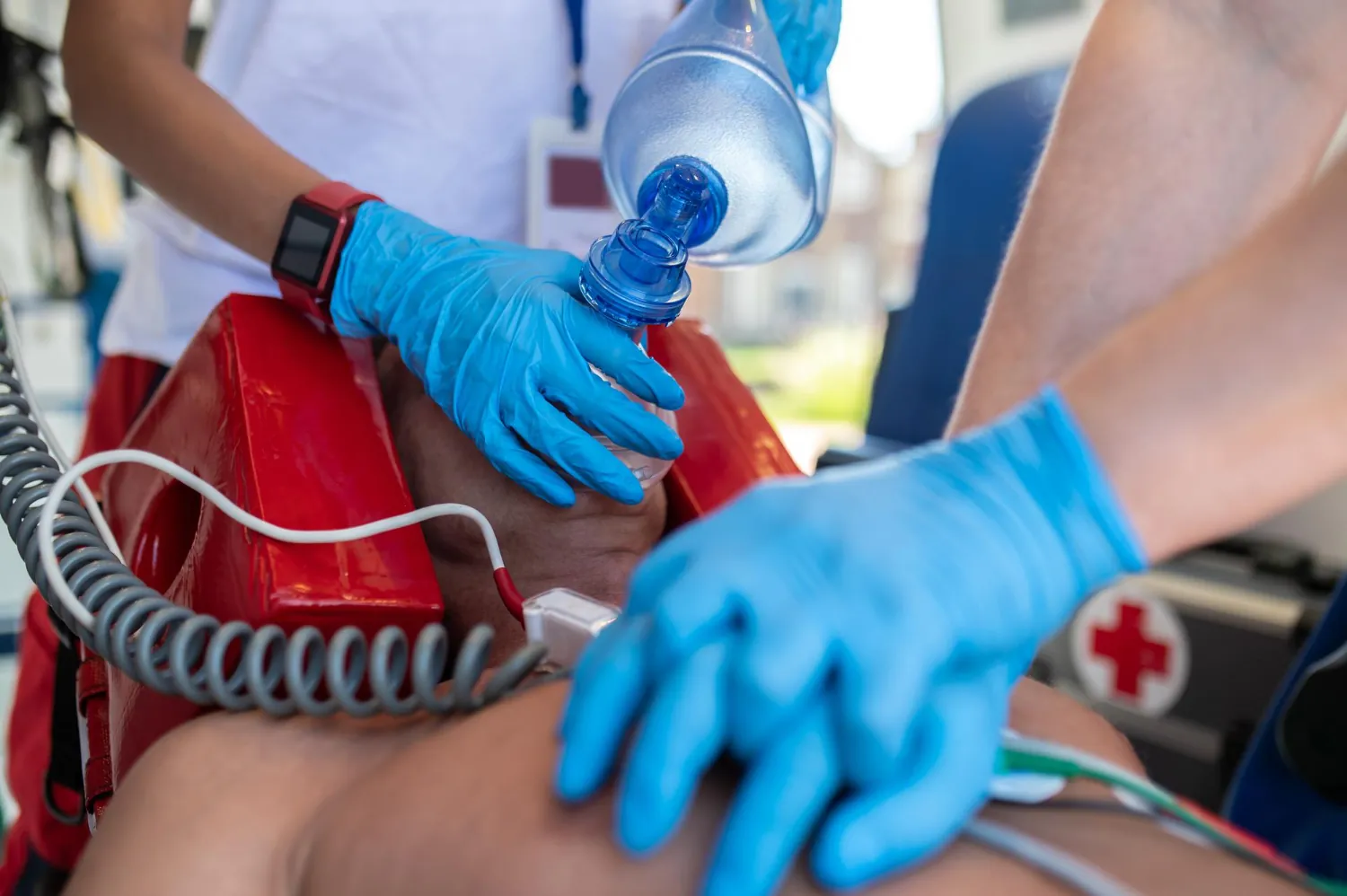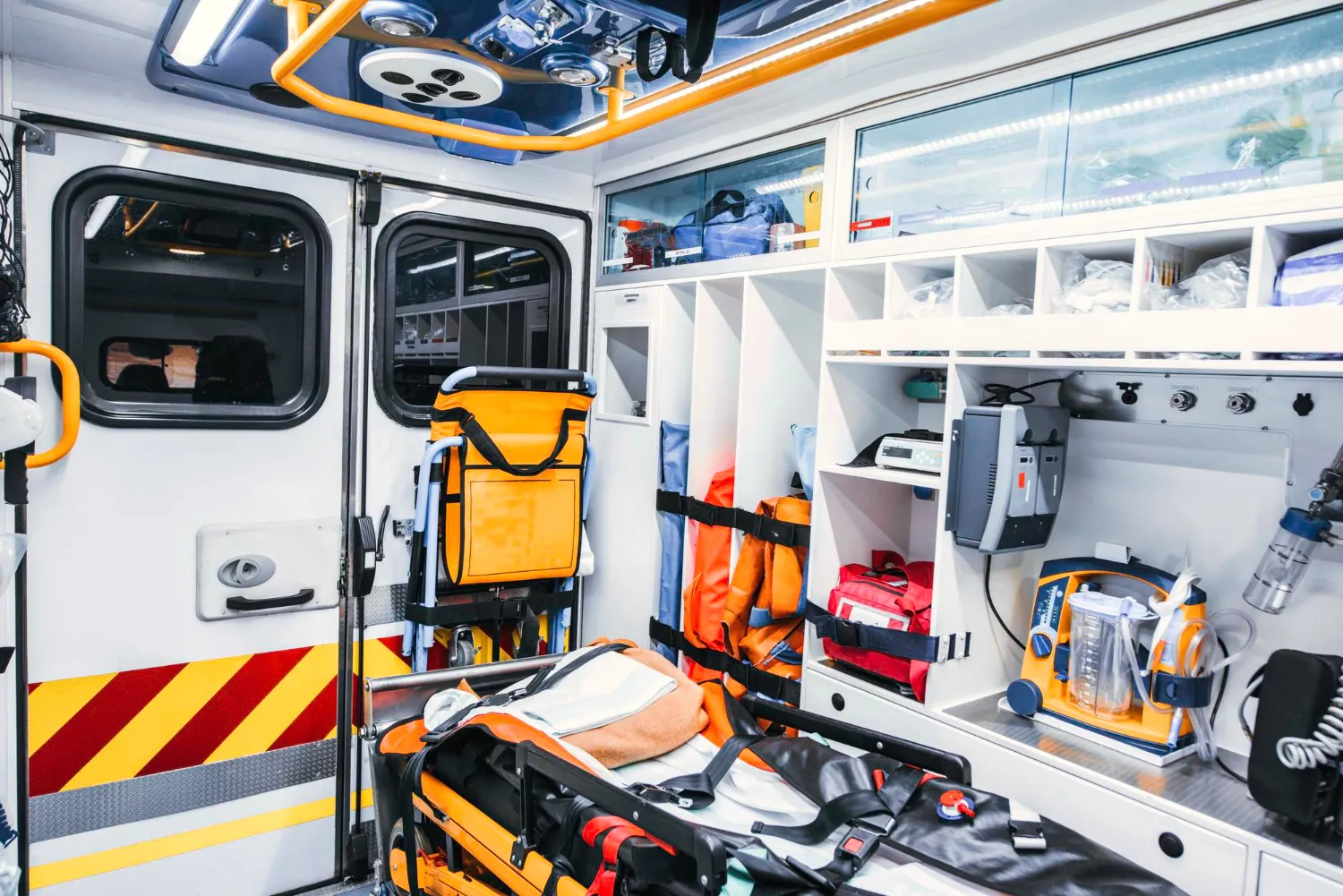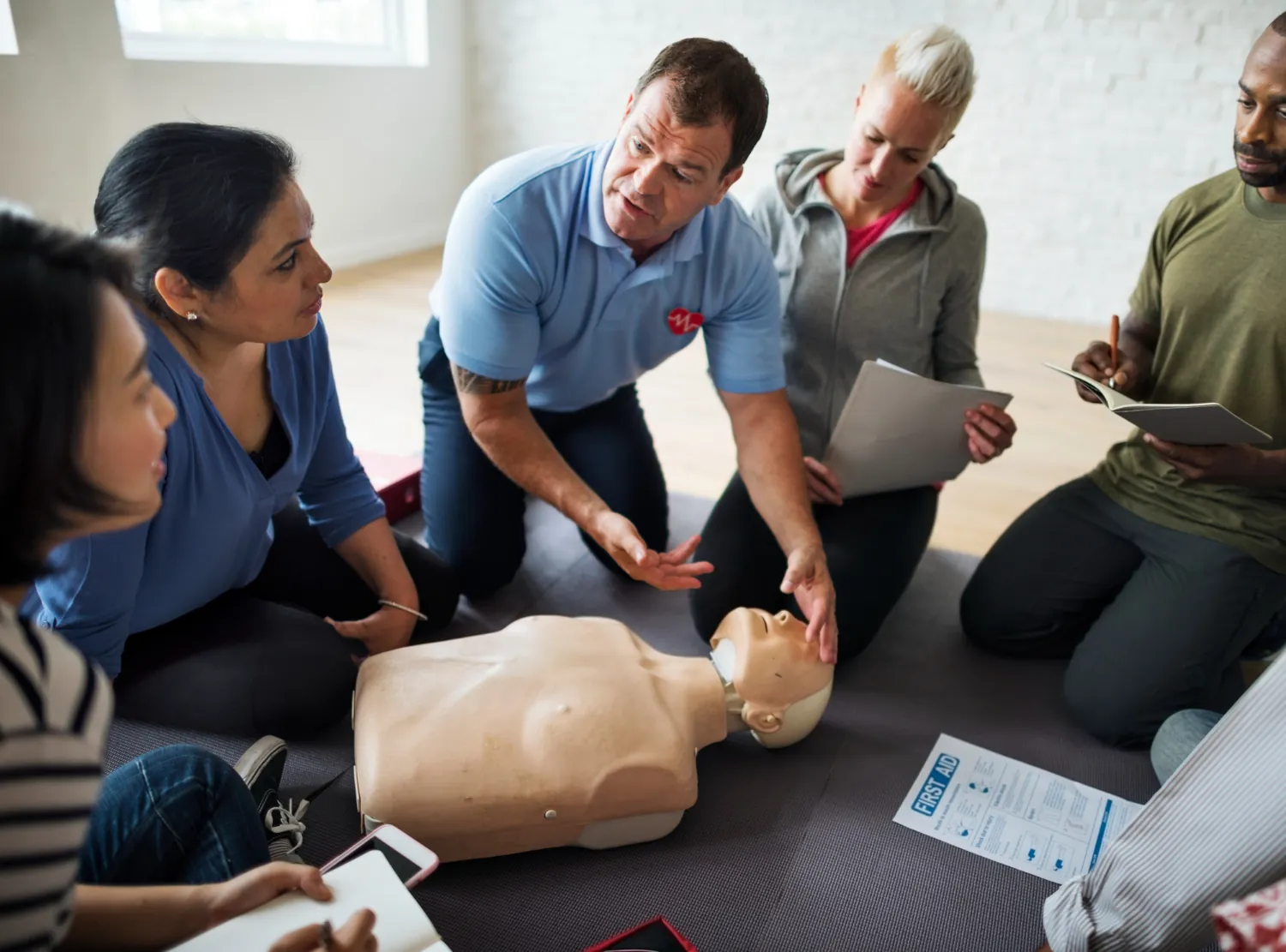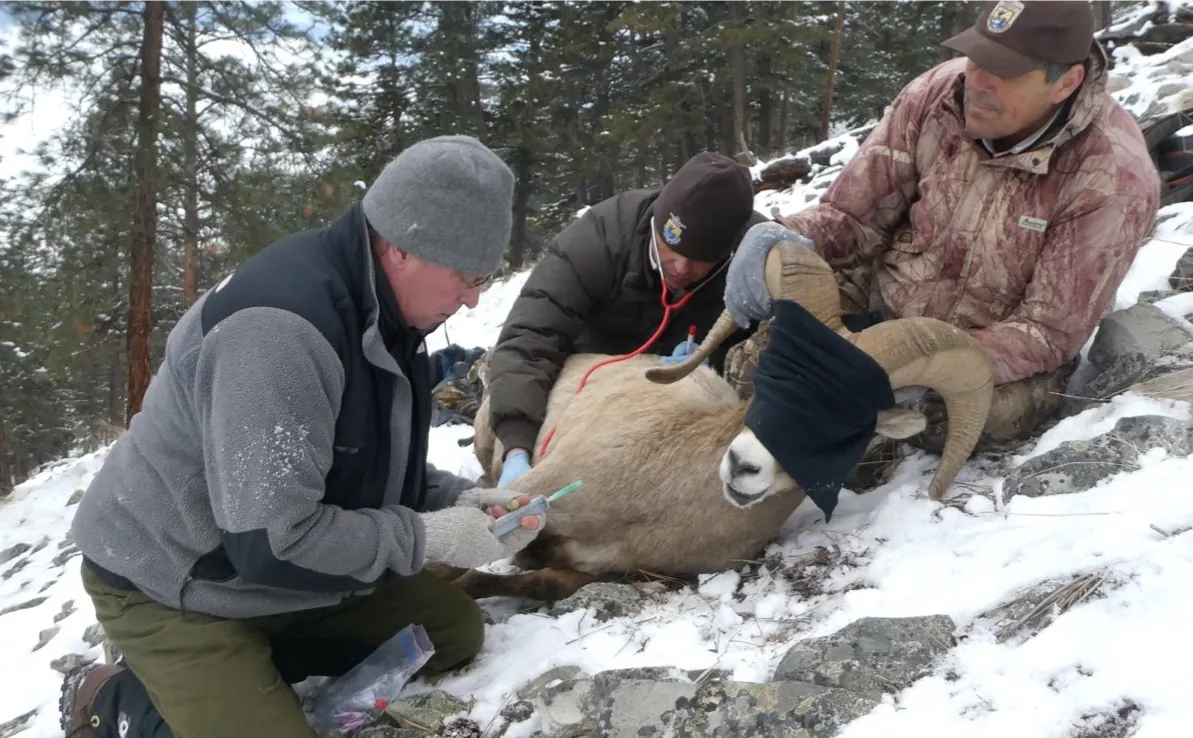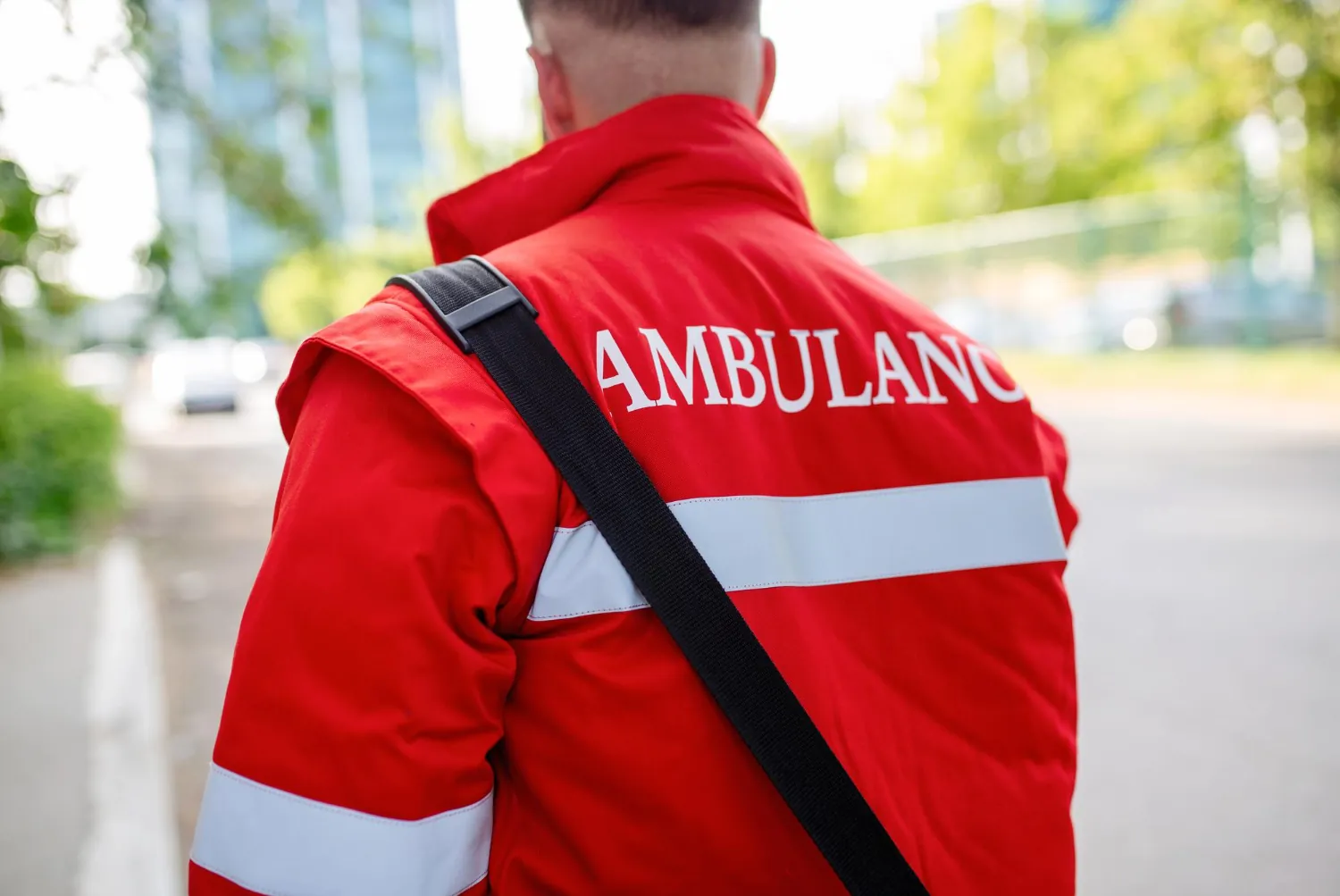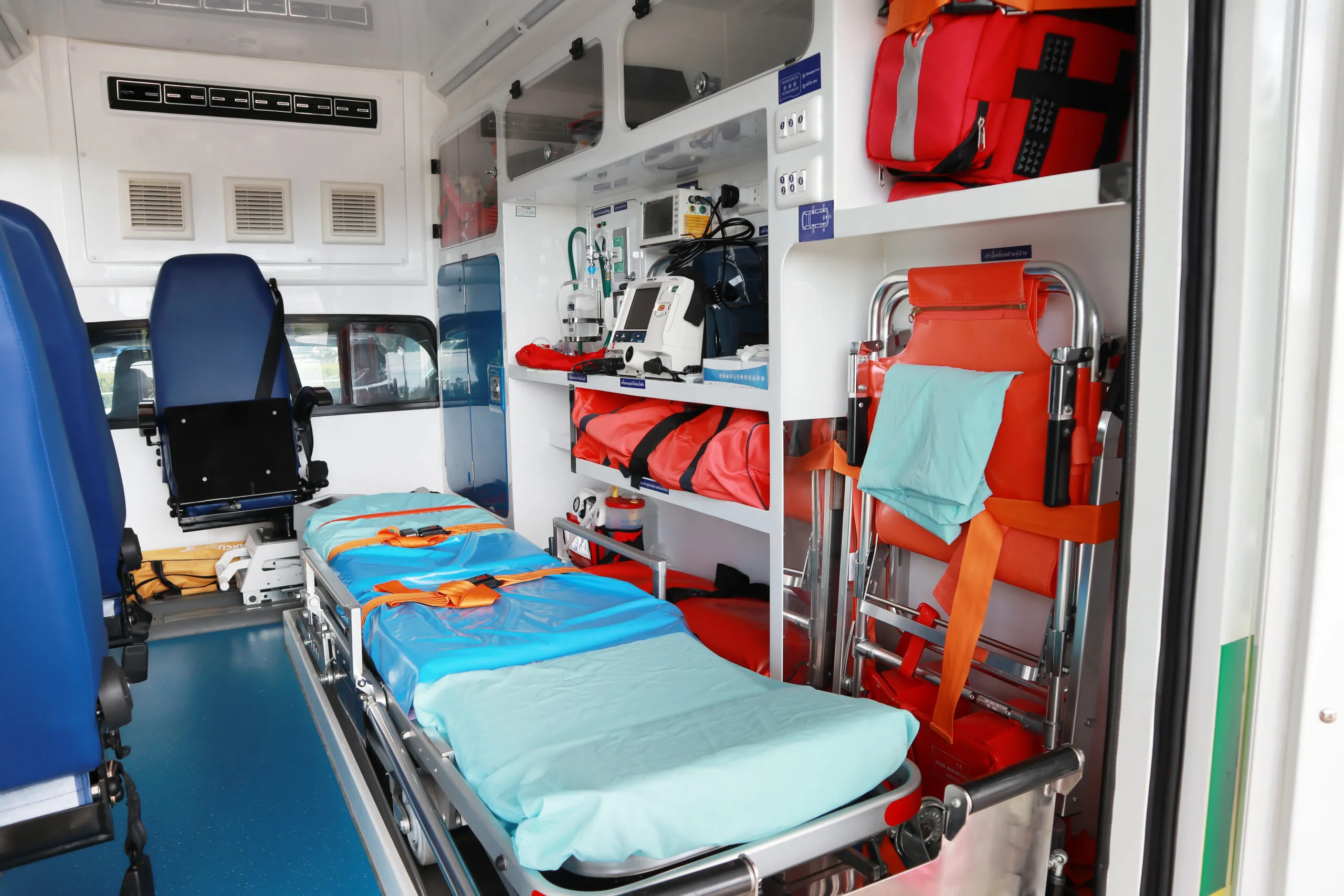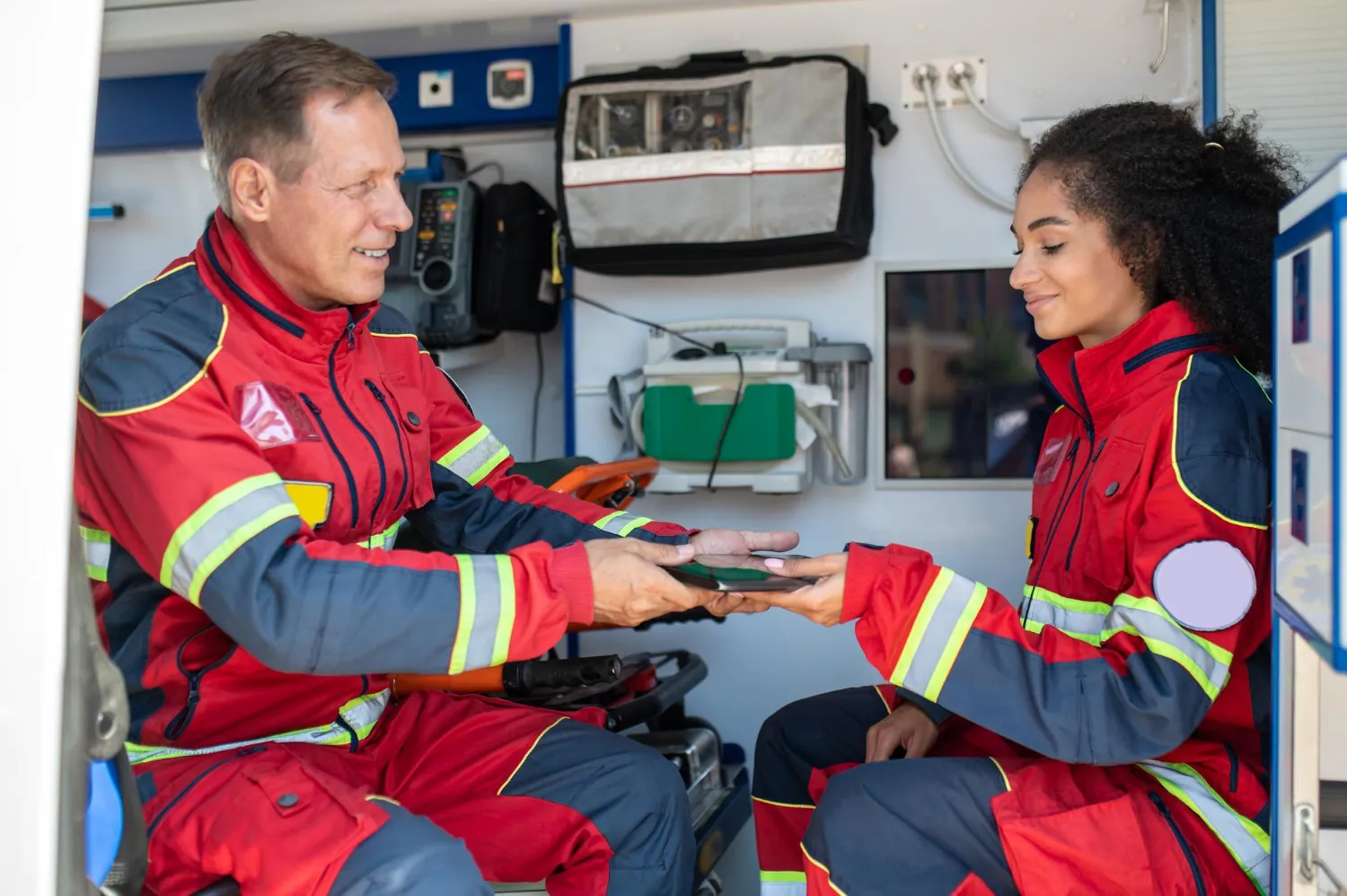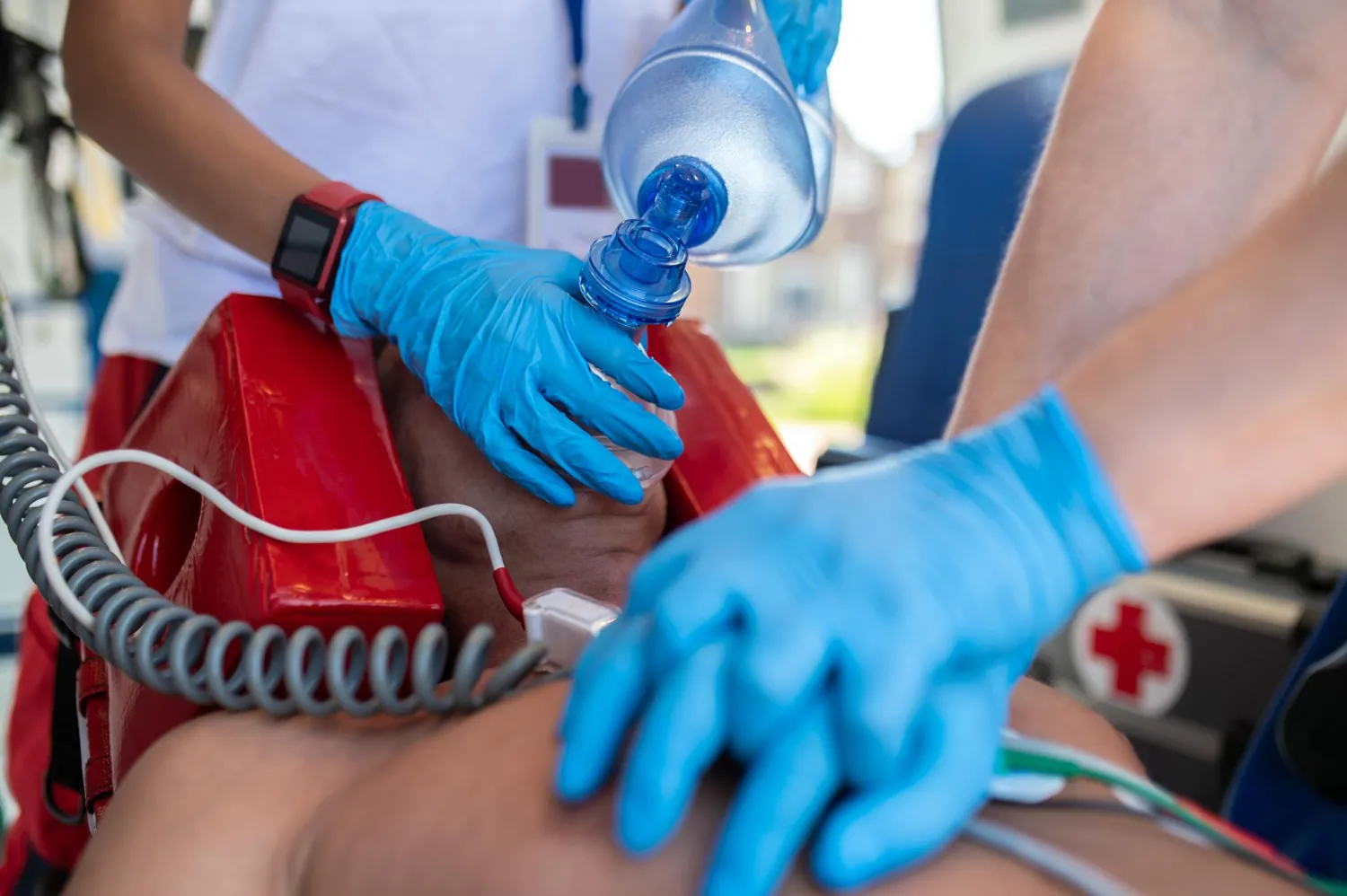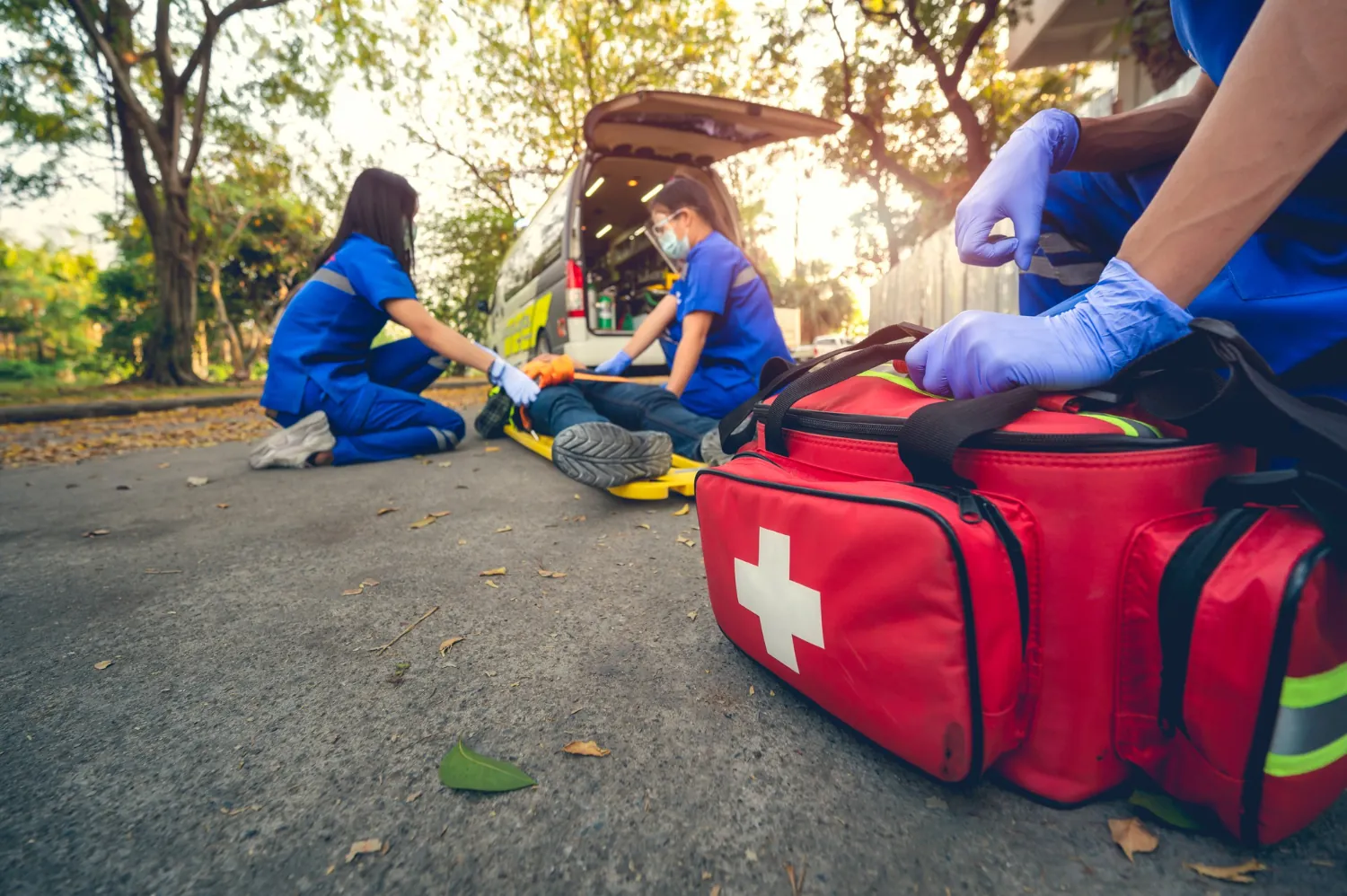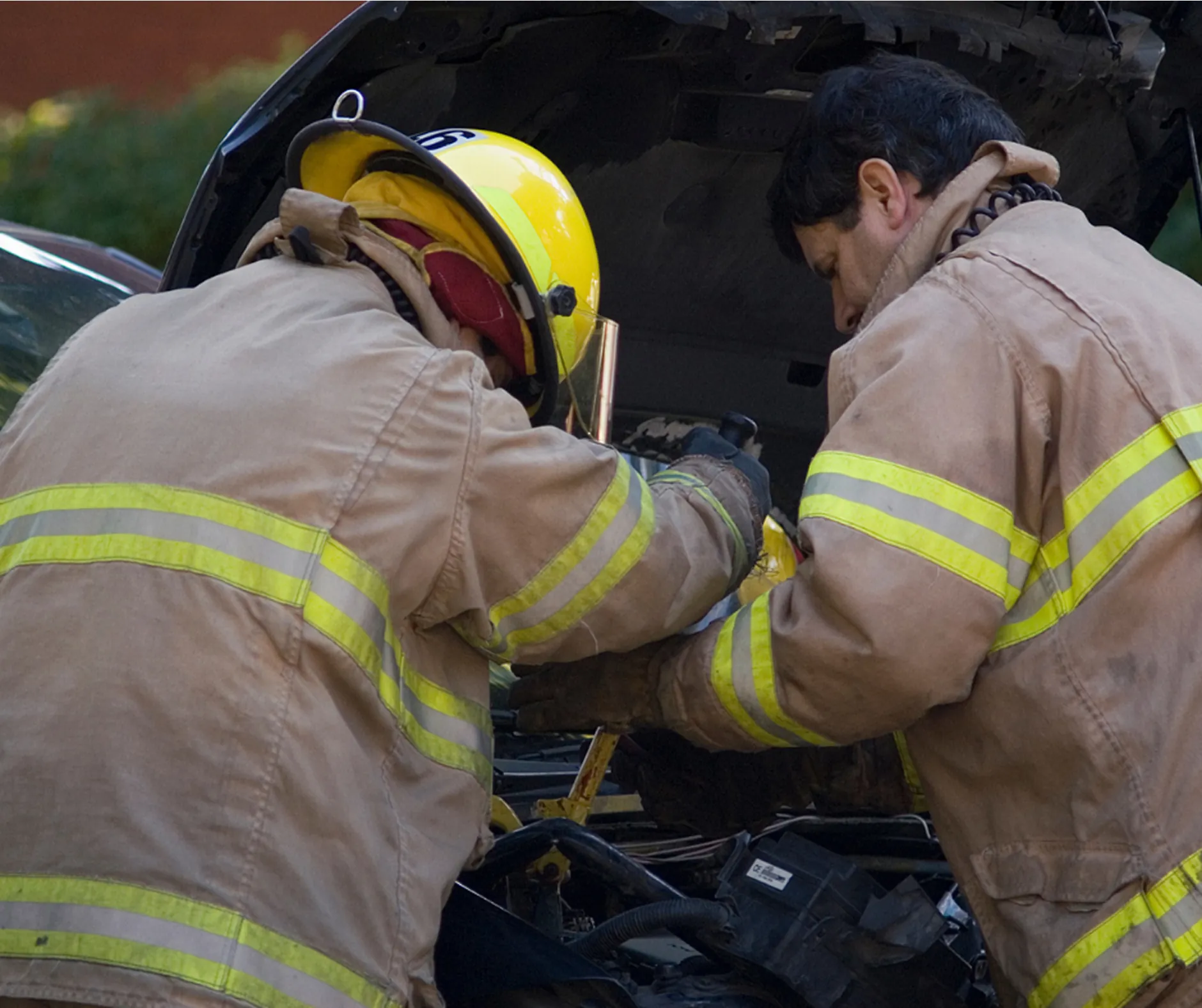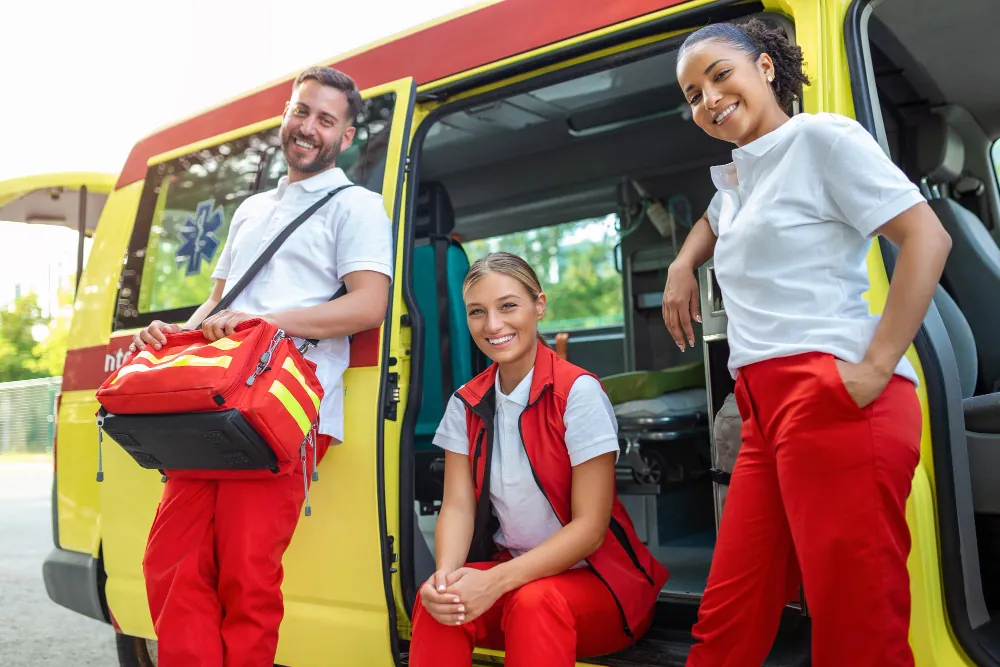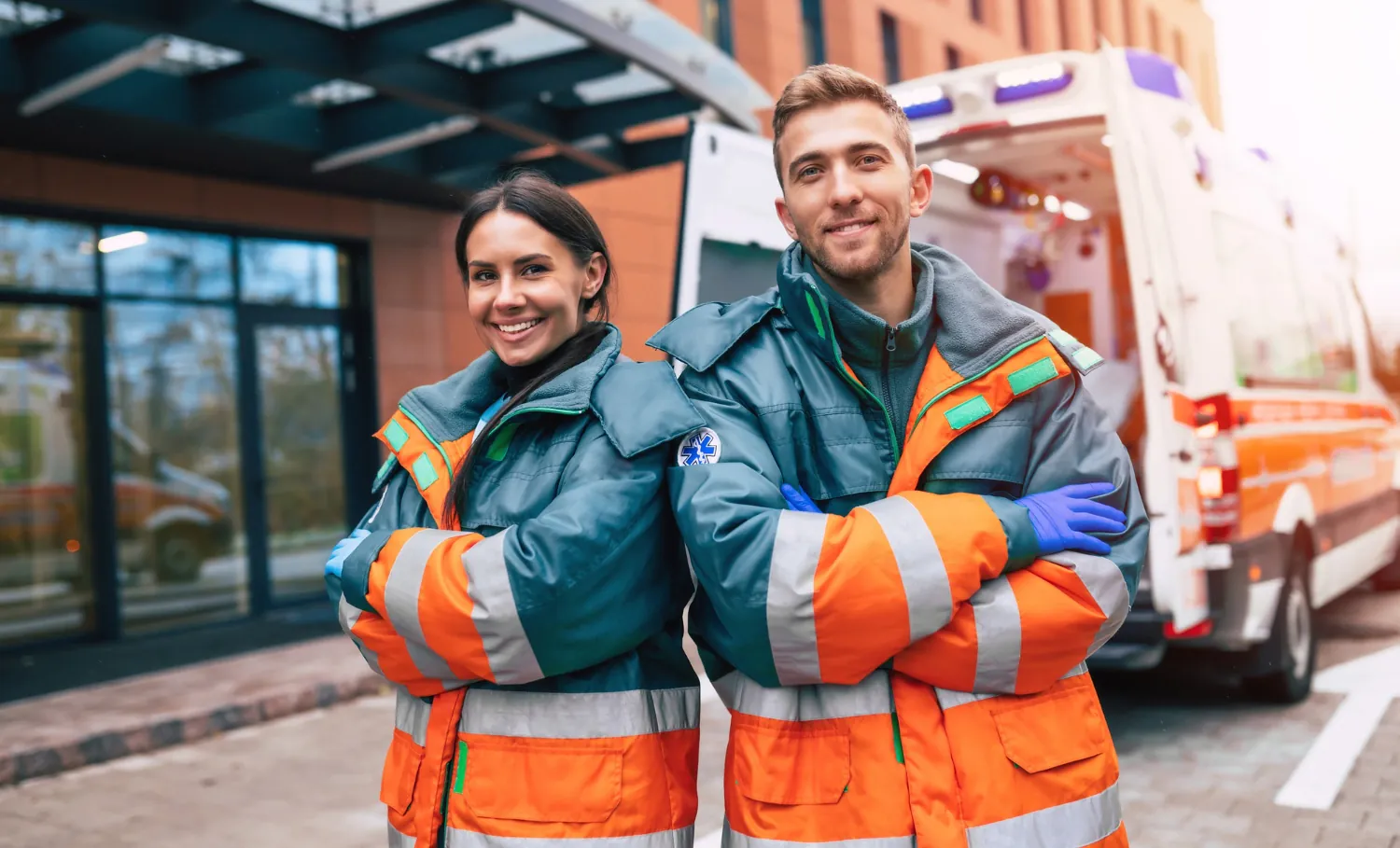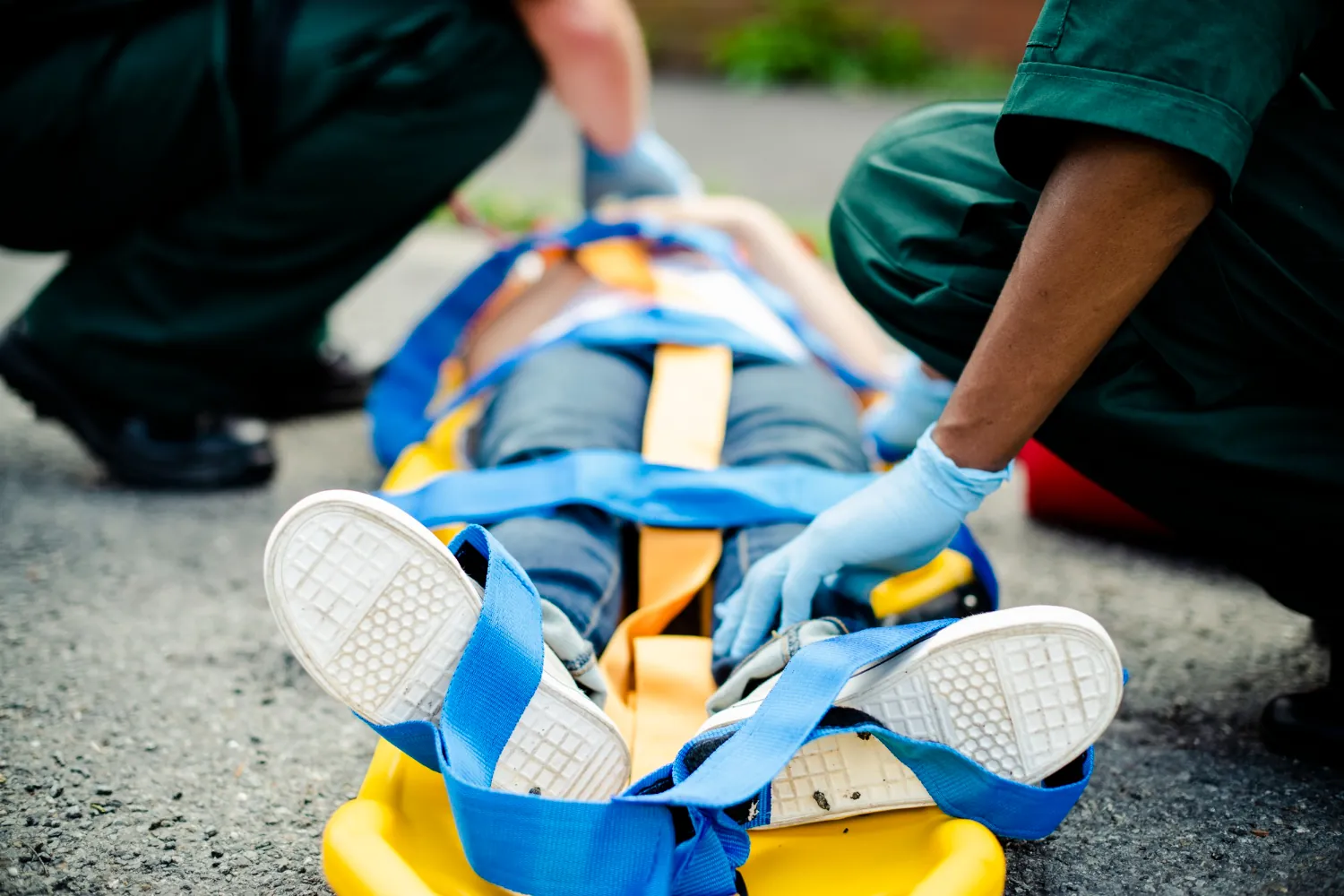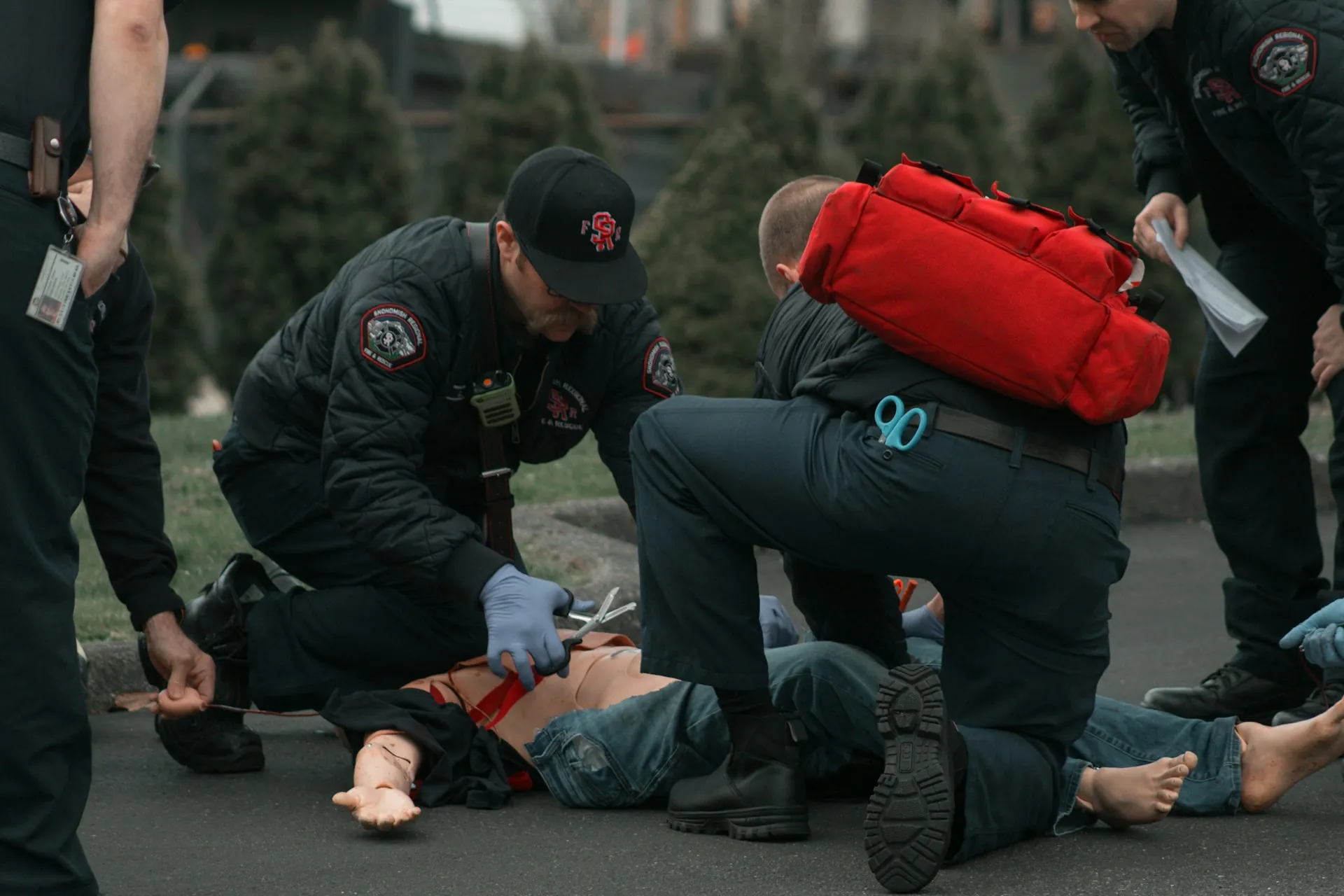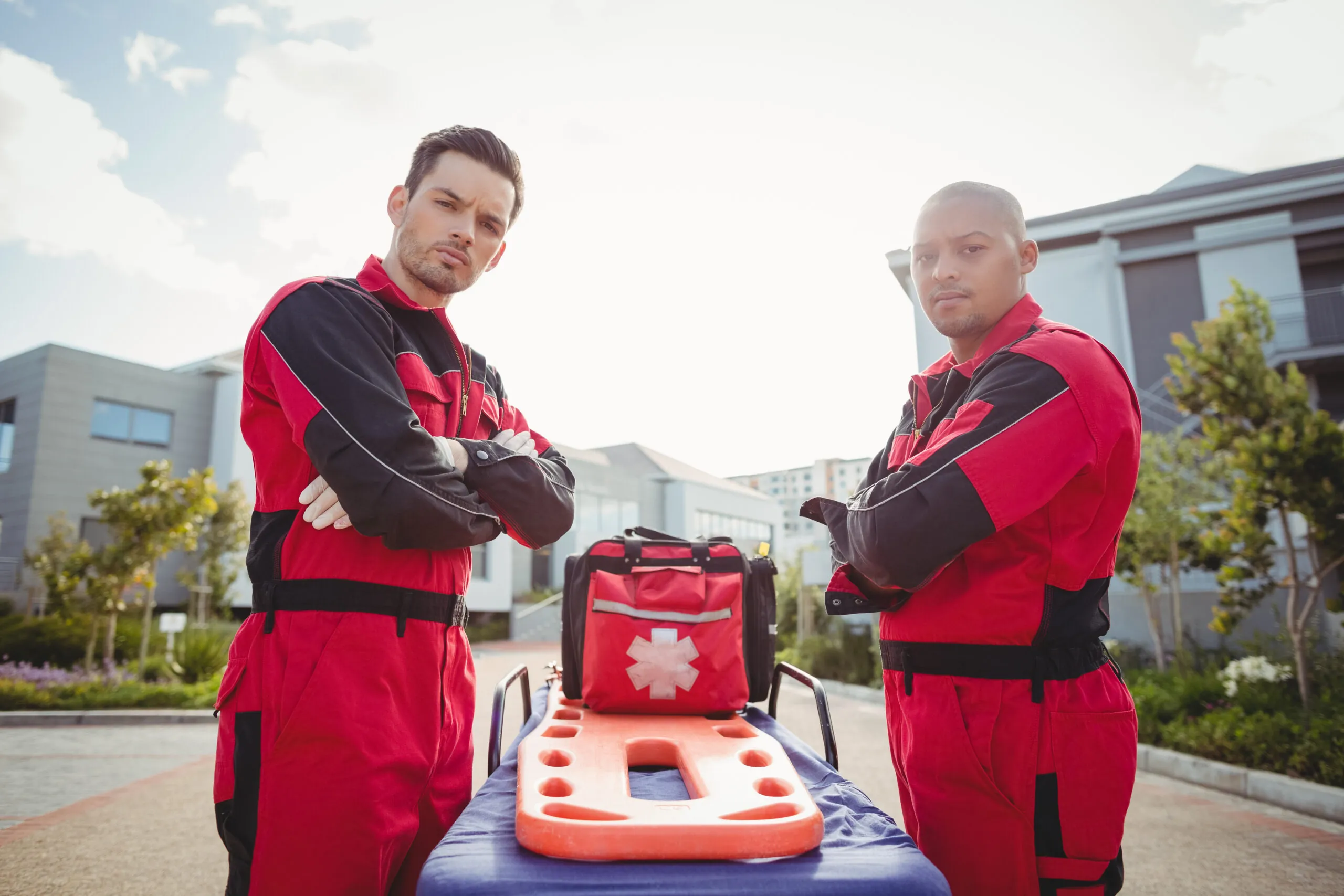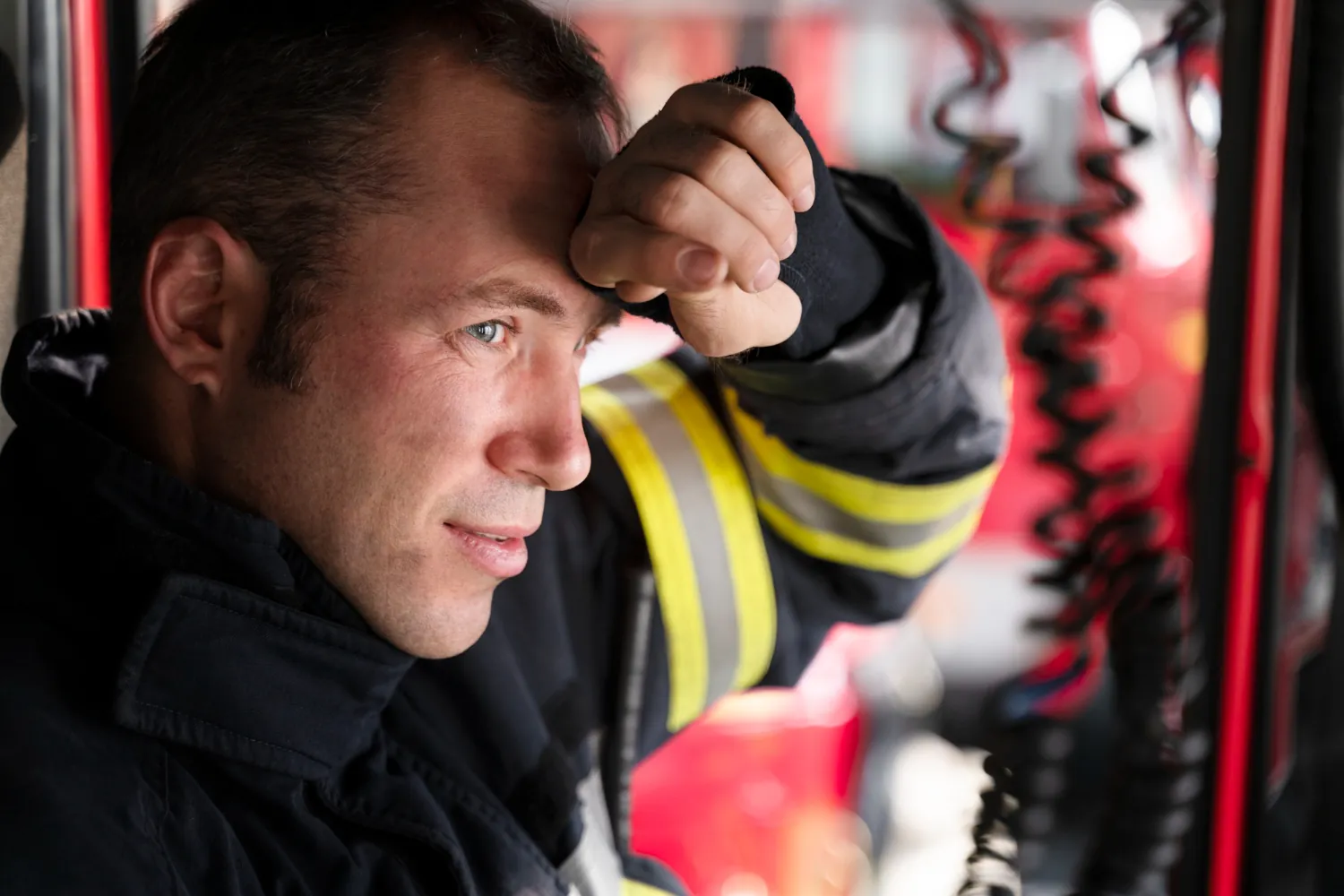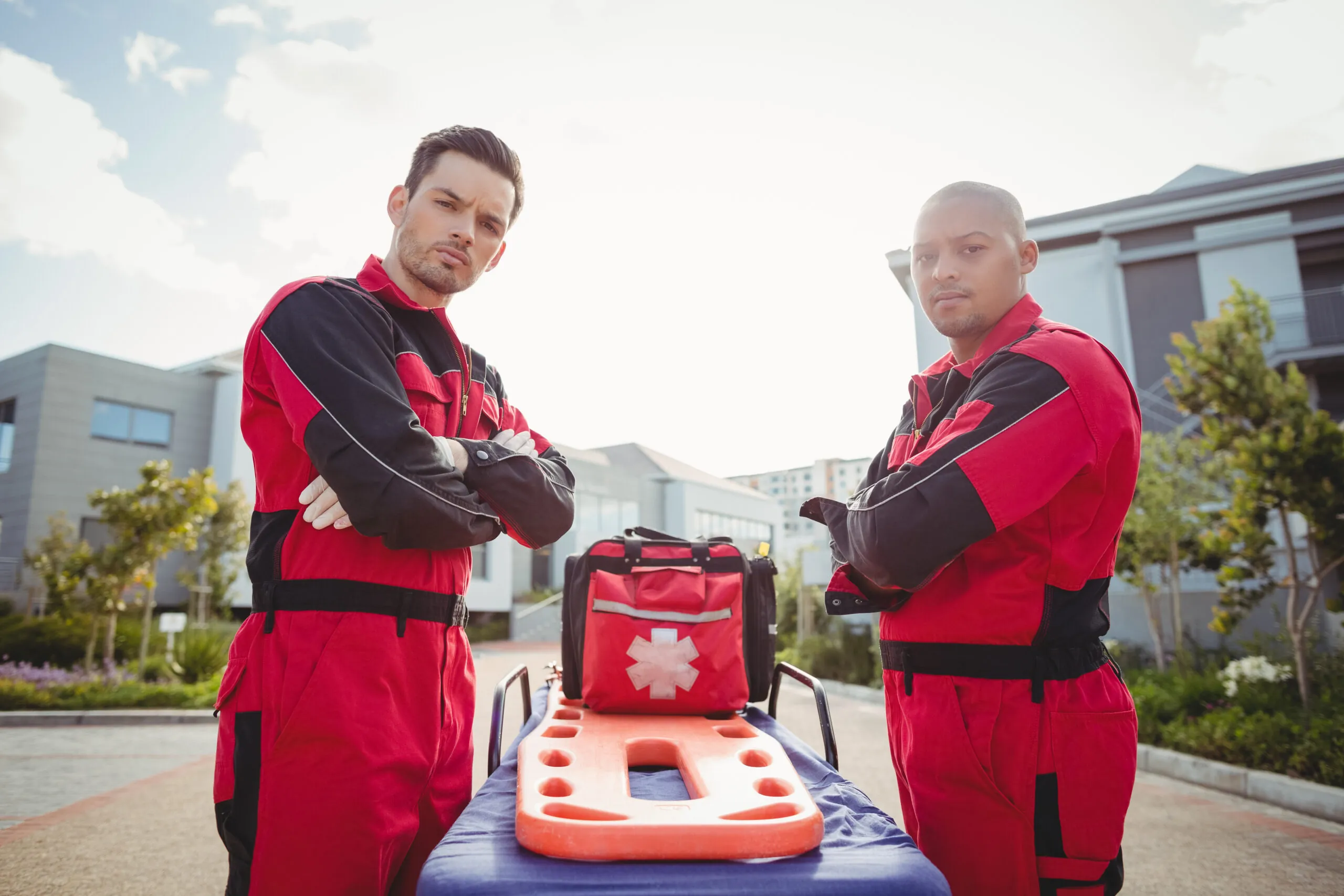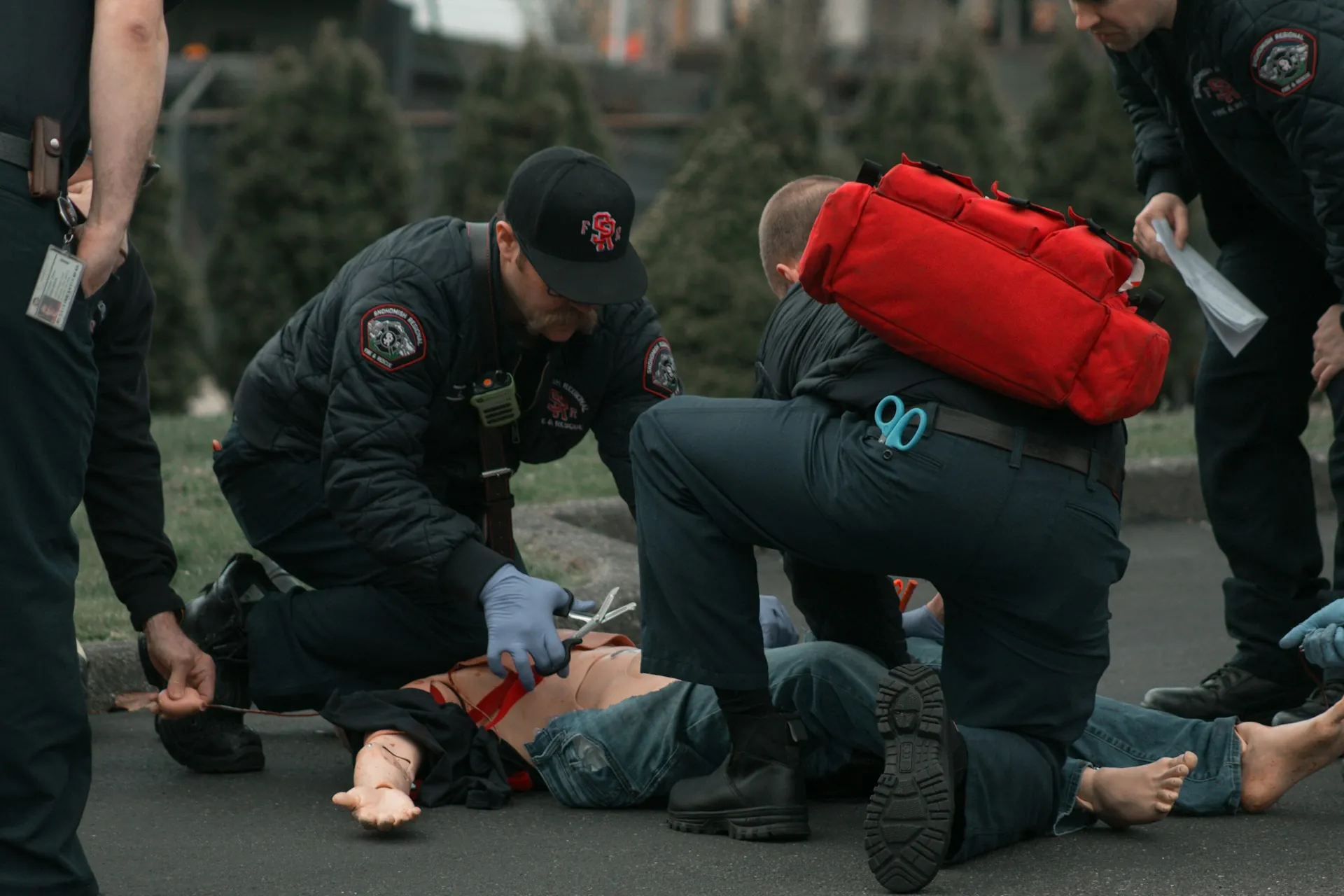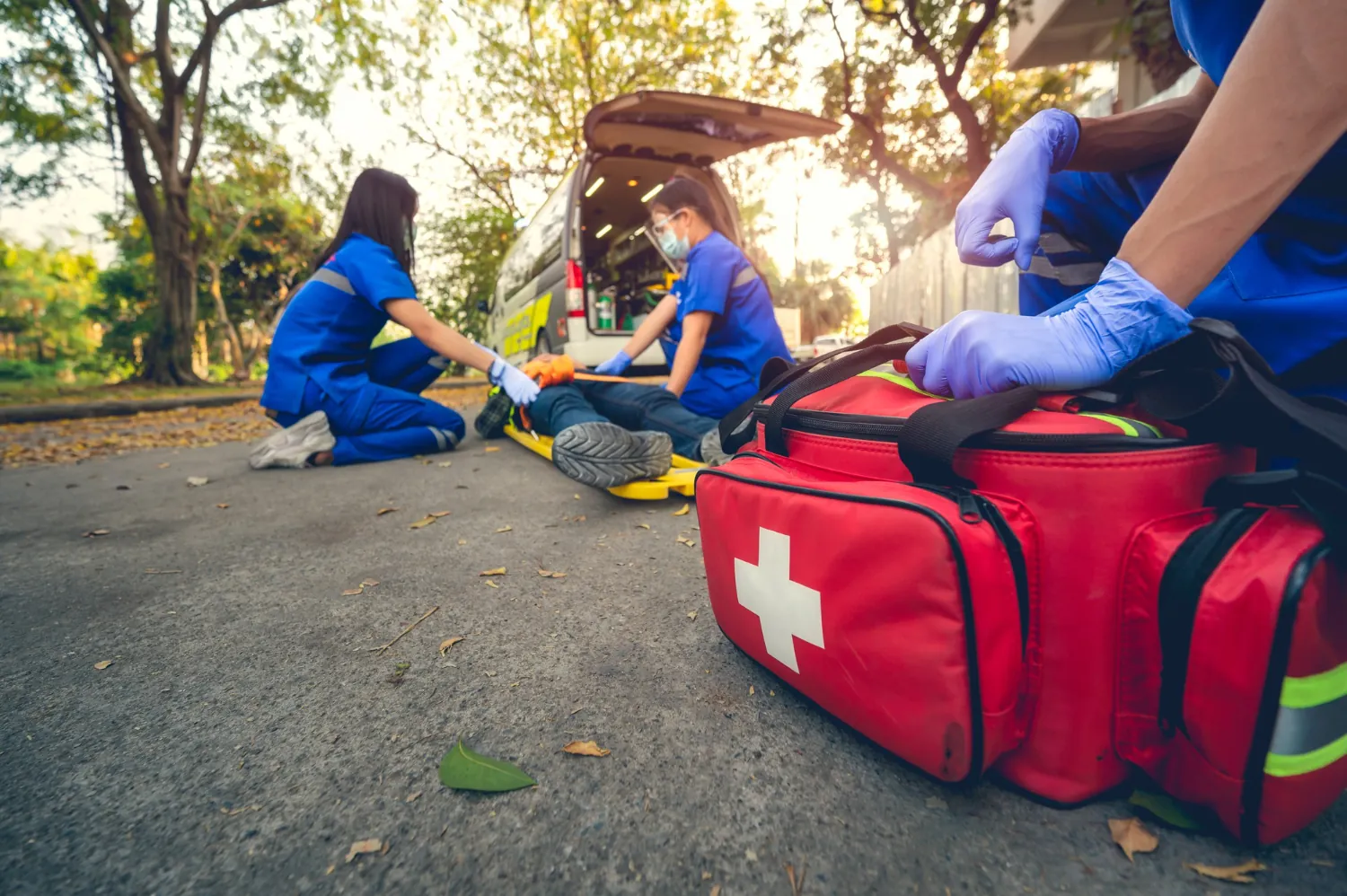The Role of Air Ambulance Services in Rural Trauma Response
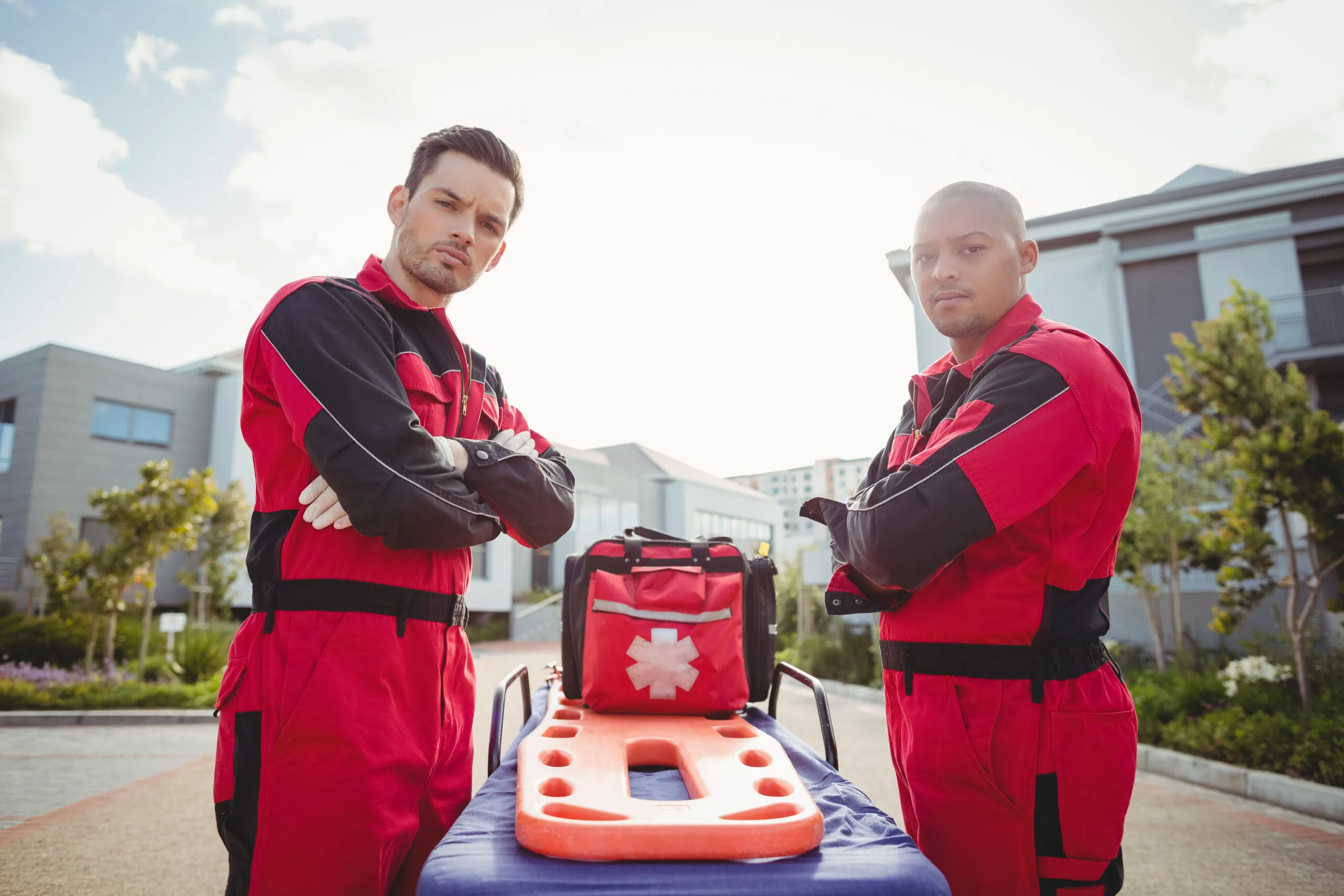
In trauma care, time isn’t just money; it's everything, even life. Patients who live in urban areas receive help from ground ambulances just blocks away, and medical facilities are conveniently close. However, for those in remote towns, farmlands, or rugged mountain communities, distance can be deadly.
Fortunately, rural air medical services are there to meet the call, bridging this gap to ensure emergency care.
Why Flight Response is Crucial
In rural Colorado, a 23-year-old with a traumatic brain injury survives because of a midnight helicopter flight that cut travel time from 3 hours to 25 minutes.
In southern Utah, an infant born in distress is flown to a NICU 200 miles away, and is now thriving.
These stories, and many others like them, are the reason air medical response exists.
From helicopter crews landing on highways or in the middle of rural communities to fixed-wing aircraft transporting patients across hundreds of miles, air ambulance services play a vital role in trauma medicine across the United States, particularly in rural areas.
Air ambulance crews don't just provide transportation from an accident to the hospital. Often, they bring the treatment and first interventions along. Air paramedics are crucial for delivering advanced care to patients who would otherwise not receive it in a timely manner.
Let's explore how air medical services operate in rural areas. Why are air ambulances more prominent in places like Colorado or Utah than in cities like Chicago or Philadelphia, and why is tracking and supporting these services so essential to the well-being of all?
The Challenges of Rural EMS Coverage
To understand the challenges faced by rural EMS teams, it helps to (literally) look at the landscape. Rural EMS agencies often face:
- Long distances between patients and hospitals.
- Sparse or volunteer-only ground crews.
- Limited access to trauma centers or specialty care.
- Delayed discovery of emergencies due to isolation and remote location.
According to the National Rural Health Association, over 60 million Americans reside in rural areas, but only 10% of the nation's physicians practice in these same areas. These remote regions are more likely to have critical access hospitals (CAHs) to offer basic care, but are often under- or unequipped for major trauma, cardiac emergencies, strokes, or pediatric cases.
When patients require rapid stabilization and transport to a trauma or medical center, ground EMS may not be fast enough or well-staffed to manage the situation. That’s where air ambulance providers fill the void.
Air medical services offer more than a fast ride—they deliver mobile trauma medicine and advanced life support care in the air. Typical air ambulance flight crews include a flight nurse and a flight paramedic (or critical care transport nurse), often with specialized training in advanced trauma care, including intubation, cardiac monitoring, blood administration, and other necessary skills.
Air ambulances in rural areas may:
- Stabilize and transport patients from scenes unreachable by road (such as farms, canyons, and remote trails).
- Transfer critical patients from rural hospitals to trauma centers or specialty hospitals.
- Assist in search and rescue and wilderness extractions.
- Provide neonatal or pediatric transport when local hospitals lack resources.
- Administer lifesaving interventions en route to treatment centers.
Air ambulance crews are trained to operate in high-pressure, low-resource environments. In some states, they carry blood products, advanced airway devices, and mobile ventilators. They may also operate under protocols allowing them to make medical decisions independently, which is especially vital when no local physician is available. When the nearest hospital is miles away, they're trained to react at a moment's notice with response and transport service.
Why Air Medical Is More Common in Certain Areas
If you’ve ever traveled through states like Colorado, Utah, Montana, or Wyoming, you’ve probably seen a helicopter on a helipad outside a small-town hospital or even touching down on a highway. These are states where rural EMS challenges are more extreme because of:
- Topography: Mountains, deserts, and forests limit road access and response times.
- Population dispersion: With fewer people spread across large areas, traditional EMS can’t cover the longer distances quickly.
- Trauma risk: Outdoor recreation, long-haul transportation, and agriculture increase the likelihood of traumatic injuries far from care.
States like Utah and Colorado also have areas of federally managed public land that don't fall under local EMS coverage zones. When a hiker falls in a remote canyon or a climber suffers head trauma, an air ambulance is often the only option for getting a patient or victim to the nearest, and most appropriate, medical facility.
In Canada and other countries with a broad population dispersion, the necessity of air ambulances is similar. Like the United States, it can be difficult to move patients over the large, expansive distances.
Urban area EMS responders benefit from shorter travel distances, higher hospital density, and traffic infrastructure built for high call volumes. Metropolitan cities have rapid ground paramedic response, reducing the need for helicopter transport unless extreme congestion or specialized patient care, such as organ transplantation, is involved.
How Air Medical Is Dispatched in Rural Areas
So what happens when an emergency call comes in? How do dispatchers know when and where Air Medical Teams need to be for the next response? Air medical activation typically happens in one of three ways:
- Scene Flights: When 911 is called for a remote accident or medical emergency, dispatch may immediately activate a helicopter based on known travel distances and hospital capabilities. Emergency calls can be a daily occurrence.
- Hospital Transfers: Rural hospitals often initiate helicopter or fixed-wing transport when patients require services they can't provide, such as surgery, intensive care, and intervention for heart attacks or strokes.
- Special Ops / Disaster Response: During floods, wildfires, or natural disasters, air services often coordinate with the local fire departments and emergency services to perform mass rescues or evacuations.
Dispatchers use predefined protocols to determine when air transport is warranted, taking into account factors such as distance, patient condition, and the availability of the ground crew. Sometimes, a helicopter may be deployed before a ground team even arrives on scene. This situation is known as a "fly-car" response model. Air transport rapid response offers unparalleled medical care in rural settings where urgent medical transportation services are needed.
Benefits of Rural Air Medical Services
The value of air ambulance services in rural trauma systems goes beyond convenience. Research shows significant improvements in outcomes when time-sensitive care is delivered quickly. Specific benefits include:
- Faster accessto definitive care: especially for trauma, stroke, STEMI, and sepsis.
- Reduced time to surgery or intervention: which is directly tied to survival and recovery.
- Higher level of care en route: with critical care-trained healthcare professionals and equipment.
- Improved access to specialty hospitals: including burn centers, pediatric ICUs, or high-risk obstetric facilities.
According to a JAMA study, trauma patients transported by air were significantly more likely to survive than those transported by ground EMS, especially in rural and semi-rural areas.
One of the most frequent concerns with air medical services is cost. Air transport is expensive, and flights can range from $15,000 to $50,000, depending on the distance, equipment, and needed crew. Insurance coverage for air transport can be inconsistent, and rural patients may be disproportionately affected when they need medical attention the most.
However, legislation like the No Surprises Act (2022) now protects against unexpected air ambulance bills, placing limits on balance billing and shifting more cost responsibility to insurers.
Still, balancing the equity of care with cost efficiency remains an ongoing policy debate. The reality is: for many rural patients, there is no alternative to air transport. It's a necessity for emergency trauma care.
Why Tracking Matters in Air Medical Operations
Like ground EMS, air medical crews carry supplies, pharmaceuticals, and specialized equipment. With limited storage and the need for absolute reliability mid-flight, every item must be inventoried and accounted for, because there's no room for error. That's where platforms and tracking solutions like LogRx become essential.
Interested in better tracking tools for your air crews? Discover how LogRx enables air and rural EMS teams to track, manage, and comply with ease.
Air crews typically must have access to:
- Standard emergency kits
- Controlled substances (fentanyl, ketamine, etc.)
- Advanced airway and ventilation kits
- Blood and trauma solutions and interventions
- Mobile ventilators and infusion pumps
- Cardiac and trauma medications
- Pediatric-specific medications and doses
Unlike a ground crew that can return to a station or supply cabinet, air teams often need to carry what they’ll use for multiple rescue missions and transports in a row. Digital logging ensures that if a drug is administered, wasted, or missing, it's immediately noted, flagged, and addressed.
Rural medical services are far more than just logistics or statistics. These services give people in small towns the same fighting chance as those in big cities. When folks live hours from the nearest trauma center, they rely on pilots, medics, nurses, and dispatchers to shrink that distance to minutes; in fact, their life depends on it.
Categories
Recent Posts
- LogRx and Knox: How LogRx Integrates with EMS Medication Lockboxes
- Connecting Community and EMS: 7 EMS Community Outreach Ideas
- Projecting Professionalism: Why EMS Uniforms Matter
- EMT Off-Duty Response: What You Should Carry Everywhere
- Basic EMT Trauma Assessment Scenarios: Gearing Up for Certification
